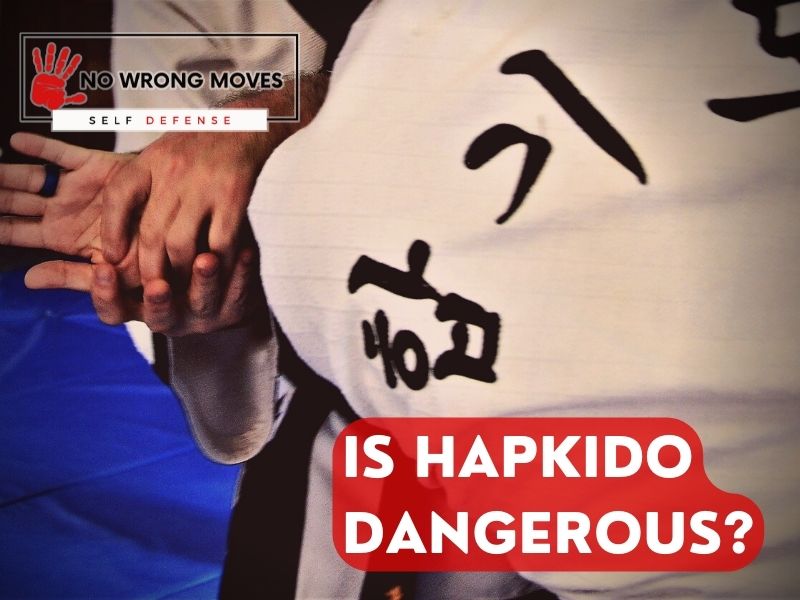
Looking to get into Hapkido for self-defense? If you are, then you've made a great choice. It's an incredible martial art that's definitely worth looking into.
But if you're entirely new, then you're probably still wondering, "is Hapkido dangerous?" And I get you, I totally do! And you'd be entirely reasonable for thinking this way, especially since safety should always be your top priority.
Tons of people ask themselves that question before actually getting started with the hobby, and it's entirely a sound question thing to be curious about in the first place. Thankfully for you, I've got all the facts you need right here in this article. Let's get into it!
Is Hapkido Dangerous? The Risks Explained
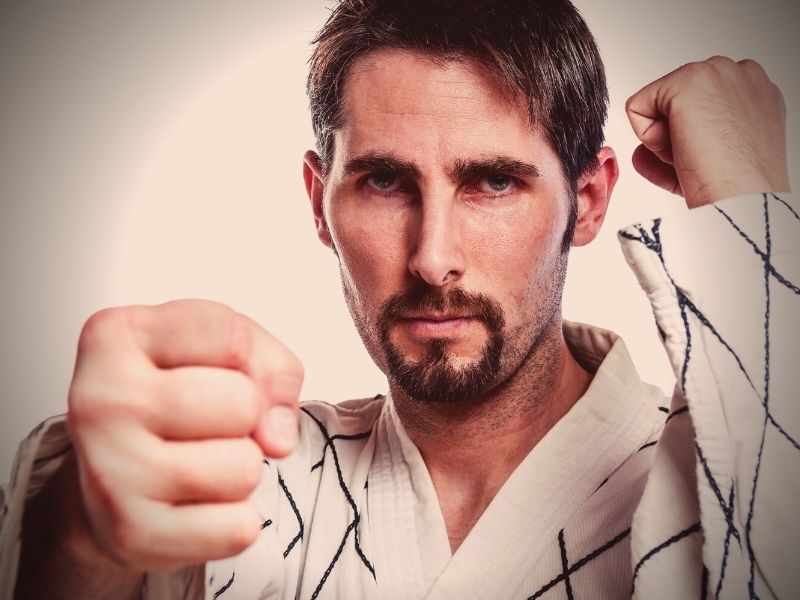
Hapkido isn't quite as dangerous as other martial arts. The comparative lack of striking compared to other similar disciplines means it's generally not going to cause as much injury as you might initially expect.
There are still kicks in Hapkido, of course, but my point is that compared to other martial arts, like Muay Thai, Taekwondo, Boxing, or MMA, Hapkido doesn't involve nearly as much striking, which contributes to it being overall much safer.
Regardless, the techniques used in Hapkido can still be dangerous if they aren't executed properly, and there's always a risk of injury when sparring with an opponent. That's especially true if you're a beginner, since odds are, you haven't quite mastered proper breakfalls just yet.
That's totally okay, of course--throws are incredibly physical activities, and you're unlikely to master every aspect of them off the get-go. Just be extra careful with them.
Some more serious injuries, like concussions and joint dislocations, are also possible. These risks are pretty much inherent to any combat sport though, so keep that in mind.
Regardless, these risks can be minimized by proper safety precautions and training. And if you practice this sport safely, Hapkido can absolutely be an enjoyable and rewarding experience.
The Most Common Injuries Sustained In Hapkido
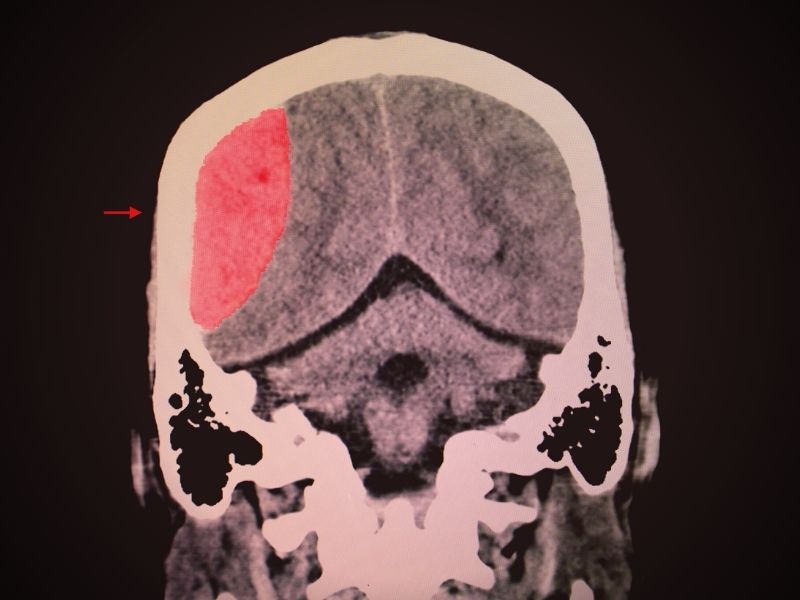
The deeper you get into Hapkido, the more aware you'll be of the potential risks involved. Some of them, you'll maybe even learn by experiencing them yourself.
That's not a very ideal situation for you to be in, obviously. So yes, while this ancient martial art can be incredibly rewarding, it's not without its hazards. Here are six of the most common injuries associated with practicing Hapkido:
- Joint Injuries: Hapkido relies heavily on joint manipulation and locks, which can put strain on the joints and potentially cause injury if performed incorrectly.
- Bruising: You'll be taking quite a few blows from your opponent in this sport, so it won't be uncommon for you to experience some level of bruising. Minor bruising probably won't be too big a cause for concern, but pay attention to any bruises that may be more severe than that.
- Muscle Strains: As with any physical activity, muscle strains can occur when practicing Hapkido. It's important to properly warm up and stretch before training, as well as to listen to your body and rest when needed.
- Concussions: Head injuries, including concussions, are a serious concern in any contact sport. In Hapkido, falls and throws can potentially lead to head trauma if you're not careful, making it crucial to practice breakfalls and to train under the guidance of an experienced instructor.
- Neck Injuries: The neck is a vulnerable area in any sport that involves physical contact, and Hapkido is no exception. Whiplash and other neck injuries can occur during throws and takedowns, so proper technique and caution are key.
Remember, while these injuries are definitely a possibility for any practitioner, it won't actually take much for you to prevent them. You just need proper training, technique, and protective gear.
Additional Risks Involved When Practicing Hapkido
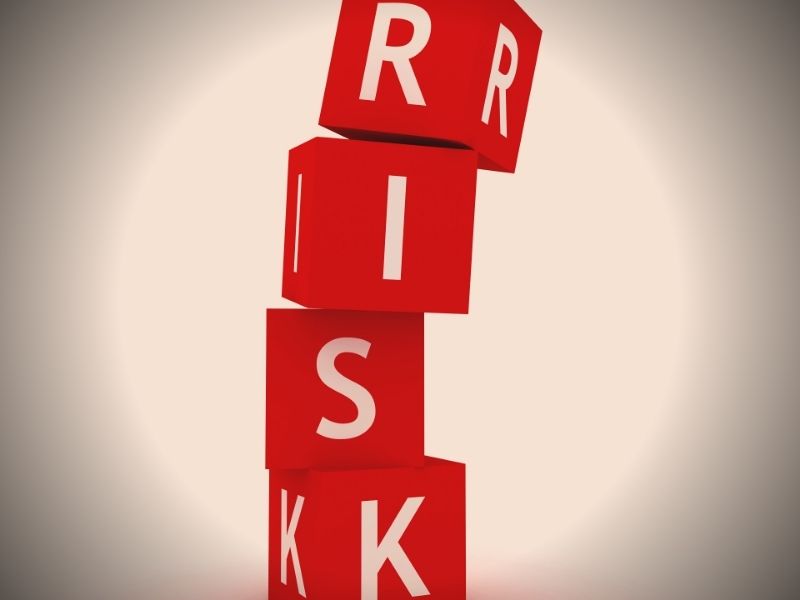
Those aren't the only things you should watch out for though. There are a few other things you'll need to be mindful of, like infectious diseases.
Skin infections and staphylococcus infections are just a couple of the communicable diseases that can be spread through contact with contaminated training equipment or other individuals. Don't worry too much though, because there are ways to minimize your risk of infection.
One way to do just that is by, surprise surprise, practicing good hygiene! Thoroughly wash both your body and your training gear after each training session. You'll likely already wnat to do this just to cool down, but it's worth mentioning either way.
Also avoid sharing personal items, like towels or water bottles, with others. It's not that you want to be mean to anyone, but these things are great avenues for bacteria and viral infections to spread. You just want to play things safe, that's all.
So remember, your enemy here isn't just physical injuries, but also infectious diseases. And when engaging in close physical contact with other people during your training or competitions, your risk of infection will only increase.
And yeah, sure, the chances of contracting a disease will likely be low at the end of the day, but it's still crucial for you to be mindful of them, especially when the consequences can be pretty serious.
How To Stay Safe When Practicing Hapkido
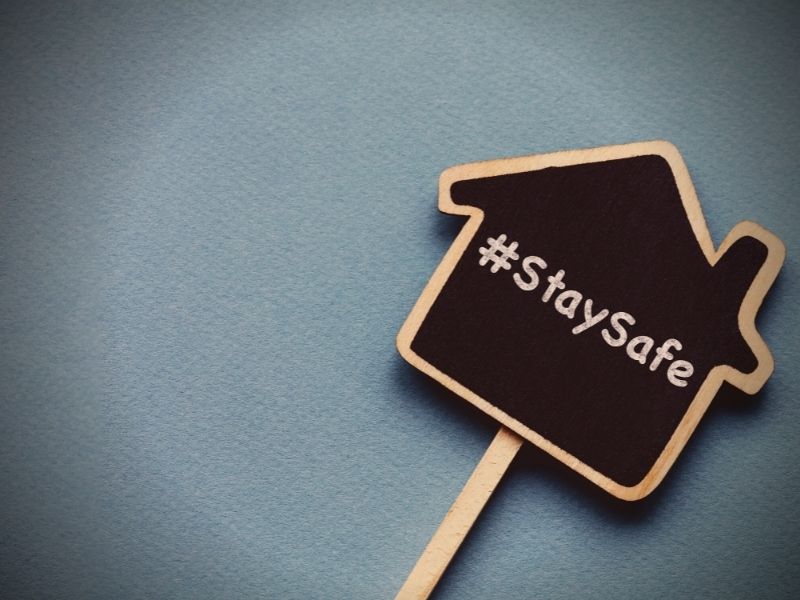
There are definitely a few risks inherent to practicing Hapkido, I won't deny that. But I will also tell you that a lot of these can be minimized with proper training and supervision. If you're careful and know what you're doing, then there's very little you should be worried about.
And just so we're on the same page, being "careful" in this case means:
- Warming up and stretching before every training session;
- Wearing the proper protective gear, such as a mouthguard and headgear
- Listening to your body and not pushing through pain or injury;
- Practicing good hygiene and cleaning all equipment regularly;
- Avoiding unsanitary environments;
Granted, you can be extremely careful and still have an accident happen to you, it's true. That's why it's an accident, after all. Try to research beforehand on what to do in case these things happen to you.
Keep in mind the signs and symptoms of a concussion, for example, such as nausea and confusion, and have contacts with medical assistance ready in case you ever need something.
The Wrap-Up
Well, there you have it! Hapkido, like any physical activity, comes with its fair share of risks, but they can be minimized by following proper safety precautions and hygiene practices.
Injuries and infectious diseases are potential dangers, yes, but they absolutely shouldn't deter you from practicing this incredible martial art.
So for those of you interested in exploring the world of Hapkido, don't be afraid to take that first step. You'll be glad you embarked on this journey of self-discovery and growth.
[author-box-jpx-fitness]
